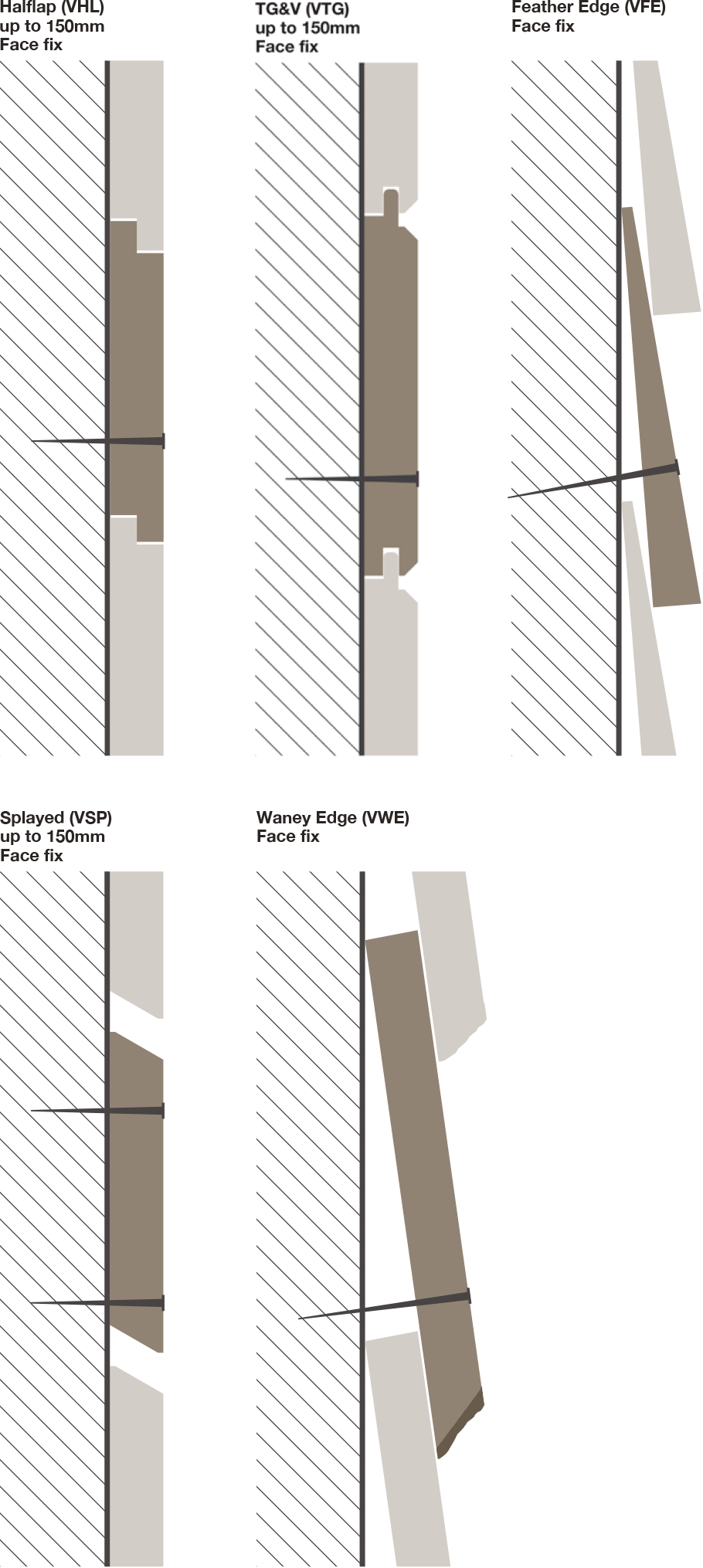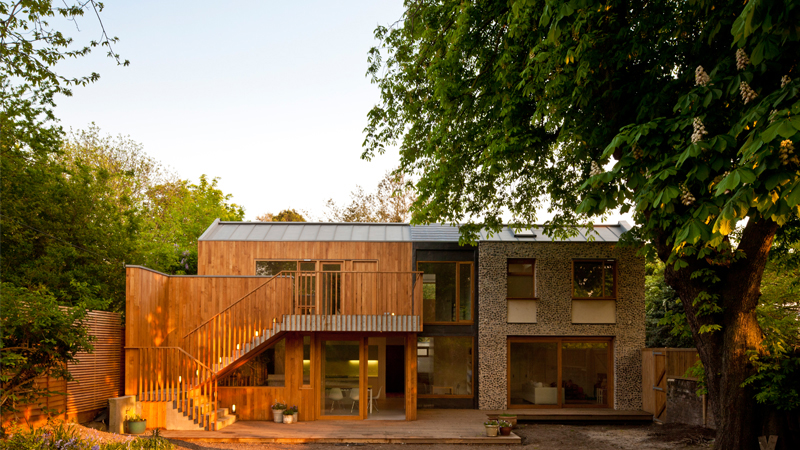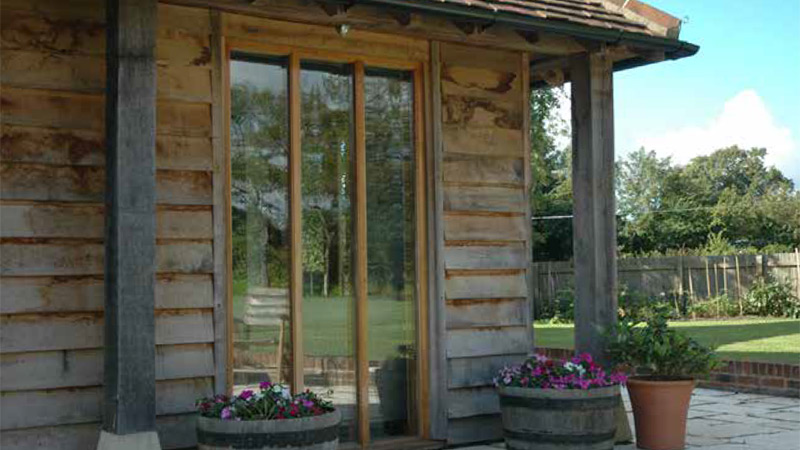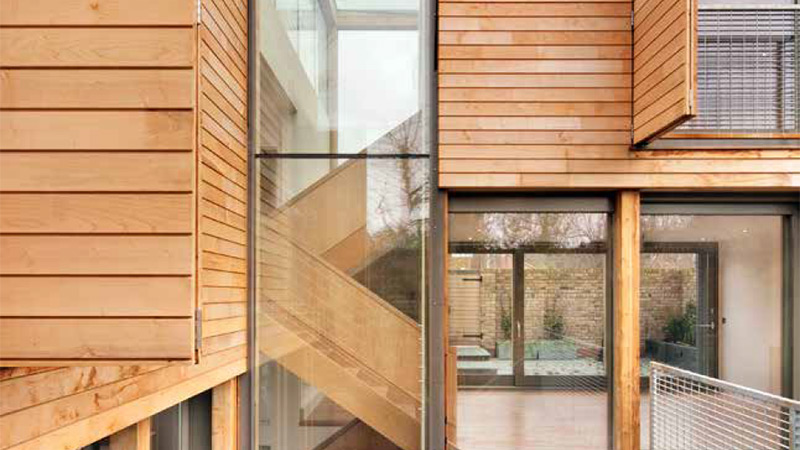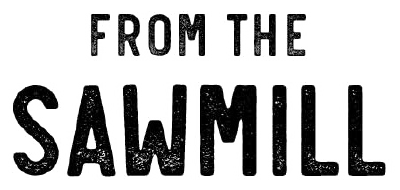This website uses cookies so that we can provide you with the best user experience possible. Cookie information is stored in your browser and performs functions such as recognising you when you return to our website and helping our team to understand which sections of the website you find most interesting and useful.
Oak and Sweet Chestnut Cladding
Use our knowledge to help you make the right cladding choice
Buying Oak or Chestnut Exterior Cladding
Being naturally durable hardwoods, both oak and sweet chestnut are well suited to external cladding applications. However, like all woods these species have their quirks and it is important that you understand their characteristics before making your choice.
At Vastern Timber we have been sawing and machining these wonderful timber species for over fifty years and so we know the wood intimately. Allow us to give you the advice you need to confidently make the right choice and avoid costly mistakes.
Google Reviews
Oak and Chestnut Cladding Features
Oak and Sweet Chestnut are traditional hardwood cladding timbers that have stood the test of time. We source both species from English woodlands and then take care to select and process the timber so that it looks great and performs well as external cladding.
Being hard, durable and beautiful oak cladding has always been a firm favourite. We produce both green oak cladding and air-dried oak cladding from our large stocks of locally sourced oak logs.
Sweet chestnut exterior cladding is in many ways superior to oak. Chestnut is more stable, lighter weight and its colour is more consistent.
Call us to discuss your cladding project
Find Out More
RESOURCE CENTRE
Comparing Oak and Sweet Chestnut cladding
Know what you want?
Performance
Both oak and sweet chestnut are classed as naturally durable and they will last for many decades as uncoated timber cladding providing they are fitted correctly.
What makes both species durable is tannin, which is a naturally occurring acid within the wood. While being useful to keep the bugs at bay it can also cause a nuisance. Tannin will react with ferrous metal and it will stain porous surfaces such as render.
You MUST make sure that all fixings are made of stainless steel! Anything else, will result in blue stains around the fixings. Tannin on the surface of the cladding boards can also affect the consistency of weathering and lead to blackening in polluted environments.
Oak is a relatively unstable wood specie. As such, oak cladding boards will shrink and expand through the year and in some cases, the boards may cup and split a bit. Green oak will shrink by approximately 10% across the thickness and width as it dries out.
By contrast, sweet chestnut is a stable wood specie and it behaves very well as timber cladding. Apart from the problems associated with tannin, sweet chestnut has all of the qualities that we value for cladding. The wood is stable, it is lightweight and the colour and grain is relatively consistent.
Oak and Sweet Chestnut Cladding price lists
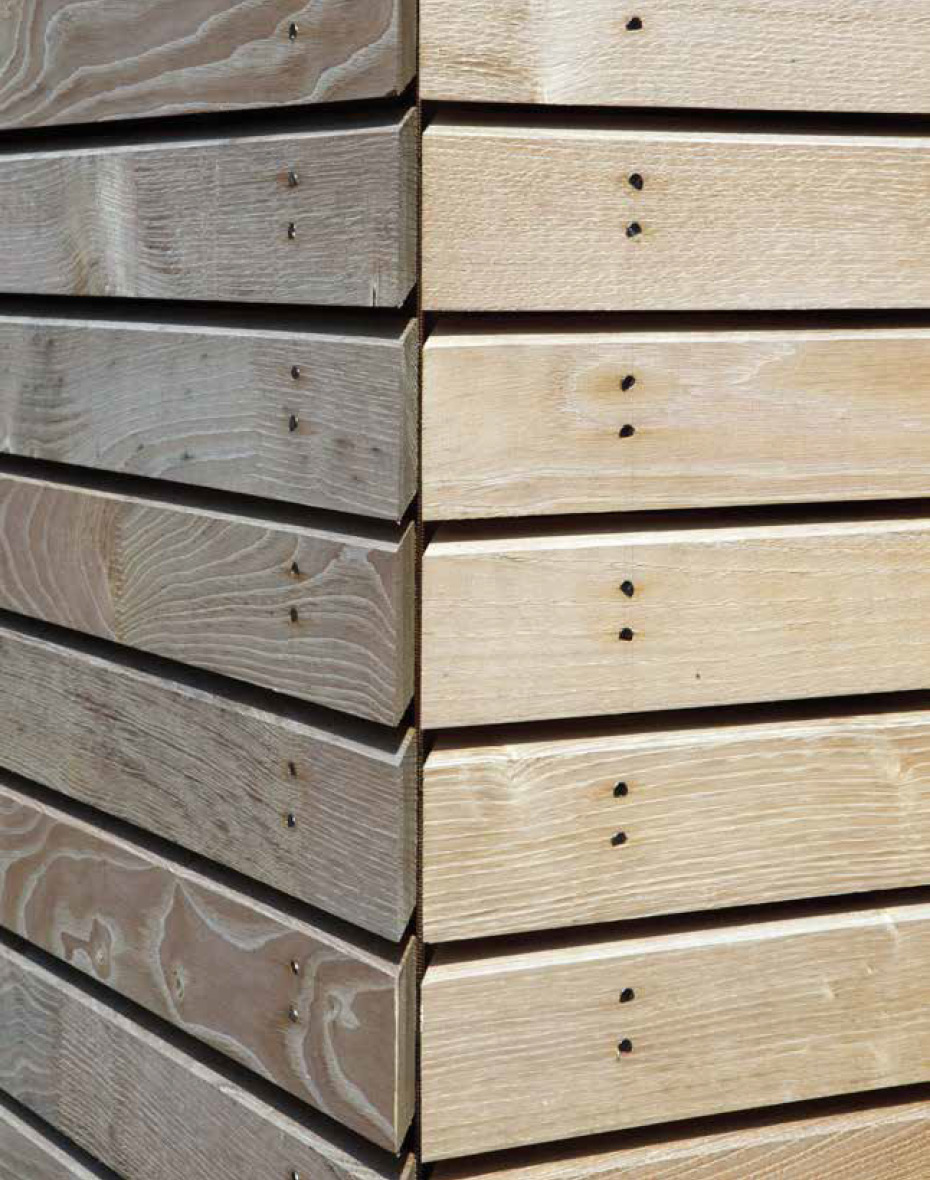
Cladding Profiles
Air dried oak is available in a range of profiles, although due to its relative instability, we recommend simple overlapping profiles such as Halflap (VHL), Shiplap (VSL) and Splayed (VSP).
We specifically advise against tongue and groove (VTG) profiles for oak cladding and especially profiles that allow for secret fixing. Oak is too unstable and strong for such delicate fixing details.
Green oak is best suited to sawn cladding profiles such as waney edge (VWE), feather edge (VFE) and square edge (VSE).
Sweet chestnut cladding is a more stable wood and as such all machined profiles are suitable, including secret fix tongue and groove.
How and when to fix your Oak and Sweet Chestnut Cladding
Oak and sweet chestnut cladding boards can be installed vertically or horizontally but be sure to select the appropriate profile. Vertical oak cladding will require a double battening system, while horizontal oak cladding only requires a single battening system.
As with all cladding, it is important that you follow some basic rules. Take some time to browse through the Resource Centre. If in doubt give us a ring and we will do our best to answer your questions.
Always fix oak cladding directly through the face of the cladding boards with ring shank nails or screws. Because oak wood is unstable we strongly recommend that you avoid installing the boards using hidden fixings. Only use stainless steel nails or screws to fix your oak and sweet chestnut cladding boards to avoid staining and corrosion. Don’t spoil your job for the sake of a saving a few pounds on nails.
Avoid installing green oak during the summer months because it is likely to distort and split. Air-dried oak and sweet chestnut can be installed year round but ideally avoid the hottest months. We can supply the stainless steel fixings with your cladding.
